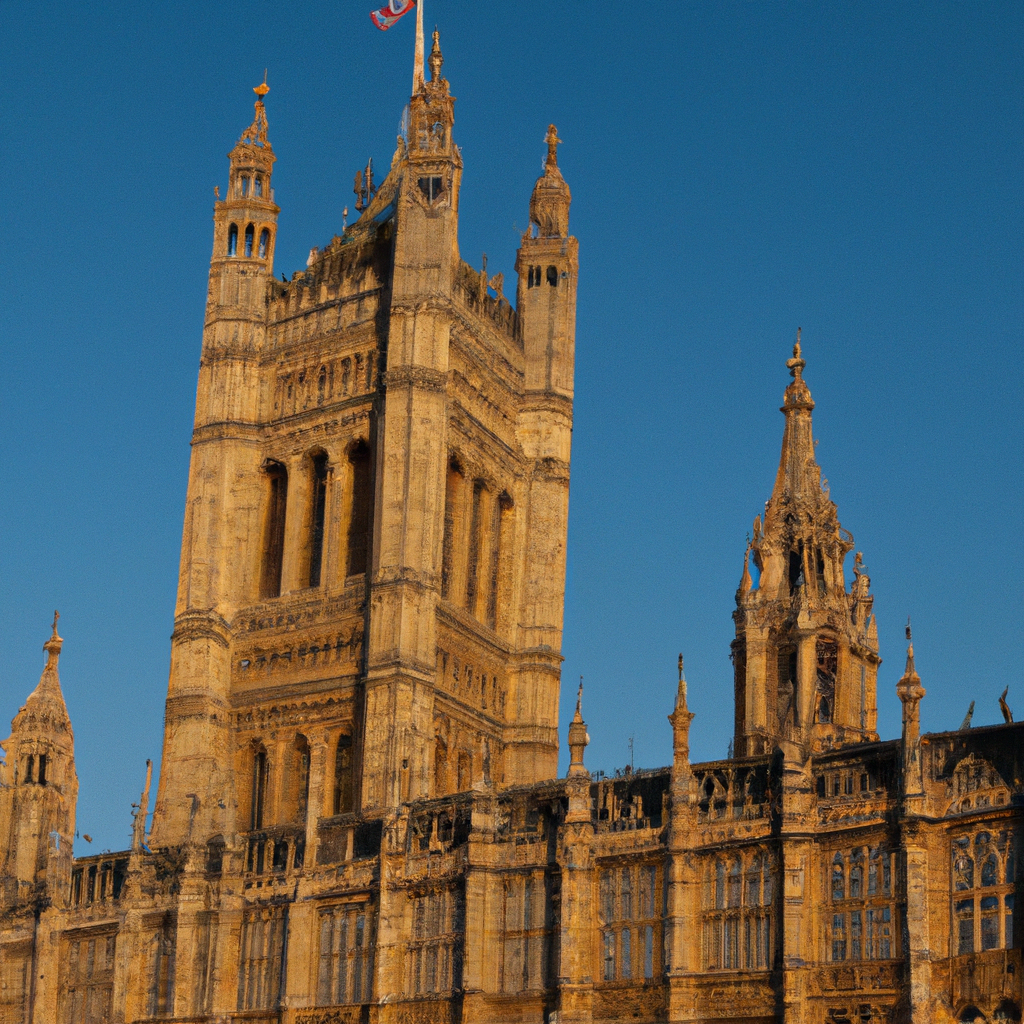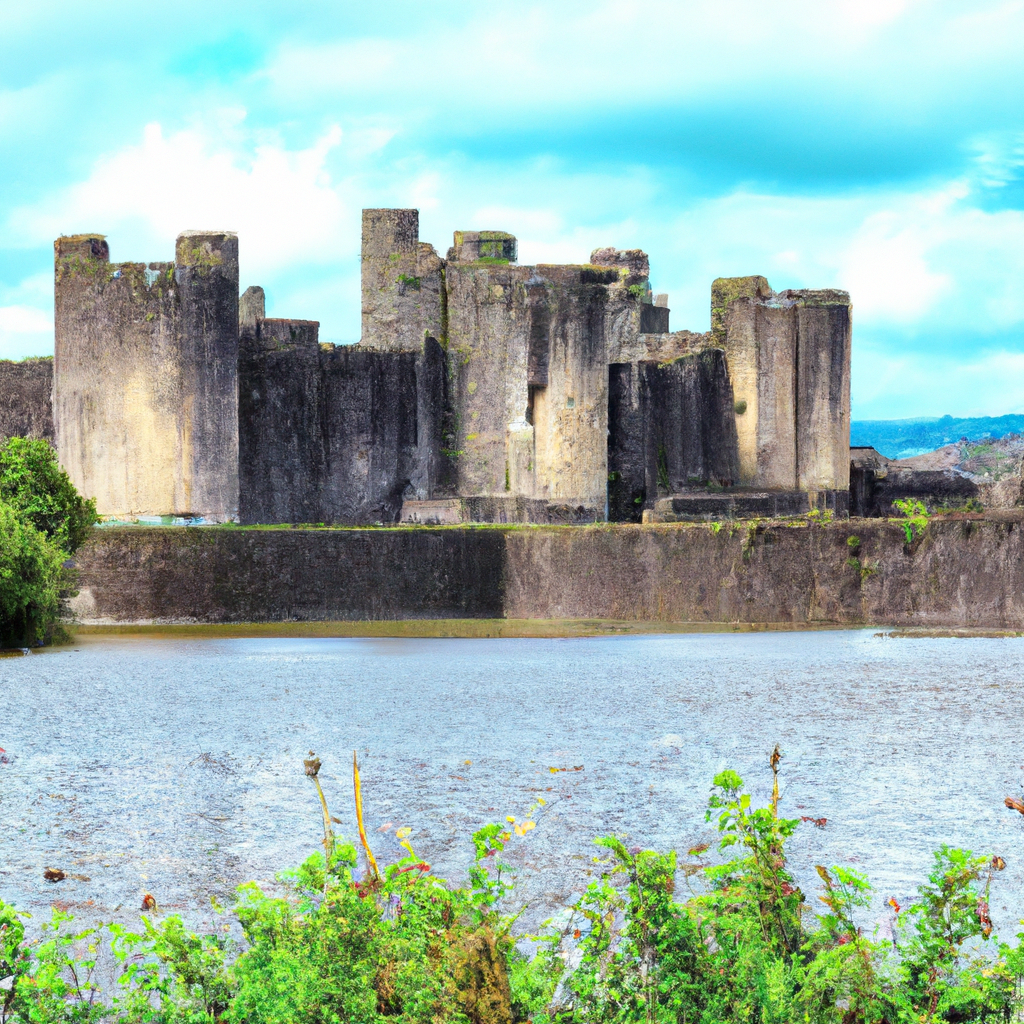The Kew Gardens - London, England In United-Kingdom: Overview,Prominent Features,History,Interesting facts
Overview:
The Kew Gardens in London, England, is the world's largest collection of living plants. It covers 314 acres and includes over 50,000 different plant species. The gardens are a World Heritage Site and home to 40 historically important buildings and monuments. It is home to the world's most diverse range of plant life and includes collections of shrubs, trees, flowering plants, and aquatic plants. The gardens offer a variety of attractions, including guided walks, greenhouses, an arboretum, and a research centre. It is maintained by Kew Gardens, a charity supported by the royal family and UK government. You can learn history, culture, and heritage through these magnificent monuments in United-Kingdom
Prominent Features:
1. The Palm House: Built in Victorian Greenhouse style, the Palm House is a staple found in the Kew Gardens. It is known for its collection of exotic plants, including many tropical species. 2. Heritage Garden: This garden hosts a set of plants that have a long heritage in horticultural breeding and garden design. It consists of a variety of plants from all over the world, including the Banksia from Australia, Prunus from Japan and Paulownia from China. 3. Temperate House: It is the world’s largest surviving Victorian glasshouse and is the largest of the Kew Gardens’ four Grade I listed glasshouses. Its collections include plants from the temperate regions of the Southern Hemisphere, many of which were first introduced to science at Kew or are rare and endangered. 4. The Great Pagoda: Built between 1761-1762, the Great Pagoda is an important architectural landmark in Kew Gardens. It stands 10 stories high and contains 10 levels of balconies. 5. The Japanese Gateway: This gateway is an intricately decorated wooden structure, created in the style of a Japanese Torii. It is made from wood, stone and bronze and leads you into a 6-acre landscaped area in the gardens that is home to over 200 species of plants from Japan. 6. Queen Charlotte’s Cottage: This charming cottage was the summer residence of Queen Charlotte, wife of King George III, in the late 18th century. It is the only surviving royal building in Kew Gardens and is now a Grade II listed building. 7. The Waterlily House: This stunning glasshouse is home to a magnificent collection of waterlilies from South America. It also holds some of the clearest water in London and is a great spot for fish-spotting. 8. Water Garden: Another popular spot in Kew Gardens is the Water Garden, which first opened in 1997. It is home to a variety of water features, including streams, bridges, small lakes and bogs. It also has a seasonal variety of water plants, including iris, rhododendrons and primrose. 9. The Kew Explorer: This unique tram tour takes visitors around the gardens, giving them the opportunity to learn about the historic plants and gardens as well as the wildlife and natural conservation efforts taking place. 10. Shirley Aquatics: Here you can find a fantastic display of aquatic plants from across the globe. It contains over 3,000 species of living and fossilized plants and animals. This national monument of United-Kingdom portrays the history and culture of the country.
History:
The Kew Gardens is a botanical garden located in Kew, London. It is the world's largest location for botanical and mycological collections, and is the most diverse organic garden in the world, with plants from every continent. The origins of the Kew gardens can be traced as far back as 1490, although it wasn't until 1759 when the estates of Kew Palace were converted into a botanical garden. The gardens were built by the botanists Joseph Banks and William Aiton, under the guidance of King George III, who was an avid collector of rare plants. The first glasshouse, the Orangery, was built in the 1760s and the Palm House in 1844; both of which are still standing today. Over the following centuries Kew Gardens has developed with added attractions such as Kew Palace, the Queen's House, Kew’s iconic pagoda, and the Princess of Wales Conservatory, as well as an extensive library and a museum housing historic artefacts. Today, Kew Gardens is a World Heritage Site and a botanical research station with over 8000 different kinds of plants and trees found inside its grounds. It also houses the world's largest seed bank, comprised of over 30 million different specimens. Kew is also home to a number of world-renowned research laboratories, including the Millennium seed bank, and the Wakehurst Place facility. Kew Gardens welcomes more than 1.5 million visitors each year, and is a popular London attraction for both locals and tourists alike. It is also affiliated with a number of programmes and initiatives that promote science and the study of botany, as well as developing more sustainable approaches to conservation. You must visit one of these historical places in United-Kingdom on your United-Kingdom tour
Interesting facts:
1. The Kew Gardens is a UNESCO World Heritage Site, having been made a protected site in 2003, owing to its importance to science and culture. 2. Kew Gardens is home to the world’s largest collection of living plants, with over 30,000 different plants spread across 121 hectares. 3. The gardens feature several distinct sections, such as the Rare and Endangered Plant Collection, the Tropical Nurseries, and the Alpine Houses. 4. Kew Gardens serves as an important research centre, and has over 300 staff members, many of whom are experts in their field. 5. Aside from the plants, the gardens are home to a number of different animal species, including more than 600 species of birds and over 5,000 species of insects. 6. The gardens are also known for their impressive glasshouses, which feature species from some of the world’s richest climates, such as the Mediterranean, South and Central America, Africa, and Southeast Asia. 7. Over one million visitors come to the gardens each year, taking part in educational and recreational activities such as concerts, cultural festivals, and traditional fairs. Visit one of the famous monuments of United-Kingdom with your friends and family.
Explore United-Kingdom most popular tourist destination with us. The Kew Gardens - London, England In United-Kingdom: Overview,Prominent Features,History,Interesting facts,which is 35.14 km away from United-Kingdom main town, is the most popular destination to add in your travel wishlist.
-
City:
United-Kingdom
-
state:
The Kew Gardens is located in the Royal Borough of Richmond upon Thames in London, England in the United Kingdom.
-
country:
United-Kingdom
-
country code:
GB
-
postcode:
93
Location:
The Kew Gardens is located in the Royal Borough of Richmond upon Thames in London, England in the United Kingdom. United-Kingdom













